
Syria: Scenarios for dramatic political change..Is there an undeclared agreement between "Moscow and Washington", in exchange for Russian silence on what is happening???

- Europe and Arabs
- Thursday , 12 December 2024 15:46 PM GMT
At the beginning of this article, it should be noted that when we write or talk about the crisis in depth and dimensions of the Syrian crisis, or what is happening specifically on the Syrian dramatic stage of the overlap of international and regional interests and ambitions and their consequences, it is only to try to reach what is unspoken according to the motives and dimensions of the parties to the conflict, which is a thorny and complex matter. Especially in light of the division of the Arab and Syrian street between supporters and opponents of accepting or rejecting the outcome of events, which imposes on us to write away from the language of fanaticism and blockage in vision and insight, so that we do not fall or perish in the hell of contradictions or arguments that have no benefit or result except, either to escape from the image of a painful reality or to distort a clear truth, and we are far from this or that, as we are not concerned with a president or a regime as much as we are concerned in the first and last place with a homeland, a people, a civilization and a history. -- Hence, after 13 years of conflict since its inception in March 2011, until it ended with the fall of Assad and his regime in December 2024. And between the joy of the optimists at his fall, and the shock of the pessimists at his departure, fearing for the future of Syria in light of the collapse of the sovereignty of the Syrian national state, and the presence of many jihadist factions and militias prepared to manage the affairs of power and governance as the forces opposed to the regime wanted, we saw that it is the right of the citizen and those concerned with the changes and transformations of the world in which we live, to know what explains the truth and dimensions of the transformations and arrangements taking place, not only in Syria, but in the entire region, especially in light of the succession of events and their acceleration contrary to what even the optimists who oppose Assad and his regime expect, for what the events that began with the invasion of northern Gaza, southern Lebanon and the Syrian state in a short period of time have come to explain that what happened is difficult to pass by and consider as a passing coincidence!!! ** In order to be able to explain what is happening in Syria today, we see, even with a quick glance, the necessity of shedding light on the features of the Russian intervention in Syria in 2015, compared to the Russian absence and silence in 2024, and what is happening in Syria today, as well as the necessity of addressing the ambiguity and contradiction of the American position and its dimensions in the crisis since the spark of the conflict erupted after 2011 in the events of the so-called "Arab Spring", in addition to the importance of addressing the dimensions that formed the reasons for the Russian intervention in Syria, as the player or the largest guarantor of the "Astana Agreement" that expired with the agreement of the sponsoring countries of the agreement (Russia - Turkey - Iran) to define de-escalation zones and establish 4 safe zones in (Idlib - Homs - Eastern Ghouta - Daraa and Quneitra), guided in this by the provisions of "Security Council" Resolution 2254 of 2015, and affirming their commitment to the sovereignty, independence and unity of Syrian territories!!! The question that arises now is:
What are the most important factors and dimensions that shaped the reasons for the Russian intervention in Syria (2015)???..
This is to try to uncover and understand the factors and dimensions of the Russian silence and absence from what is happening in
Syria today!!!
**According to what is established in the "literature of international conflict", the "Central Intelligence Agency" issued an American document in "1986", the confidentiality of which was recently released, and it reviews the possible and alternative scenarios for changing the Syrian regime,
and overthrowing President Hafez al-Assad under the pretext of his practice of violence against the Syrian people
and the control of the Alawite minority over the reins of power and government. The document, which came under the title (Syria: "Scenarios for Dramatic Political Change"), revealed that the likely reality of political change scenarios in Syria stems from the outbreak of a power struggle and the occurrence of internal disturbances and unrest that threaten the grip and control of the Alawite leadership in the country. The document stated that despite the calming of the escalation between the Alawites and Sunnis in previous years, which could reduce the chances of a second confrontation against the Sunnis (referring to the Hama events of 1982), the possibility of provoking violence and igniting sectarian conflict still exists, as the regime has the desire and ability to suppress the Sunni opposition movements, which will motivate a large number of Sunni officers and recruits to desert or rebel in preparation for the outbreak of a civil war. The most dangerous thing mentioned by the document is that in the worst scenarios or possible results of dramatic change in Syria, there will be long-term instability resulting from a series of military coups that will weaken Syria's power in the region. "Most importantly," the best thing that serves The American interests are a (Sunni regime) controlled by moderates with commercial orientations, as Washington sees that the preoccupation of these groups with economic development and their efforts to limit the role of the army, which would give the Sunnis an incentive or justification to avoid war with Israel.
- Also, within the framework of Washington's plans to re-divide the region on the basis of sectarian and ethnic identity, the "American Armed Forces Magazine" published in July 2006, in an article entitled "Blood Borders", in which a new map was formed based on what Washington wanted to address the defect of the division carried out by (England and France) in the first quarter of the twentieth century. This plan was set by the British-born Jewish godfather Bernard Lewis and adopted by George W. Bush and the neo-conservatives under the name of the Greater Middle East Project, a project that, according to the American vision, achieves the division of the Arab region after destroying what is called the “Arab Power Triangle” (Egypt-Syria-Iraq), especially after Washington was able to destroy Iraq and remove it from its Arab identity and end its regional and Arab role. Today, it seeks to implement the same scenario in Syria to exhaust the Arab power and for Israel to become the major power in the region without paying the bills of military confrontations. From here, it became clear that the American motives for intervening in Syria are not for the purpose of peaceful democratic transformation as Washington claims, but rather what the American administration expressed in what is known as the “New Middle East” project, and dividing the Arab region through a mechanism
Creative chaos in light of the Arab movement to divide the region on the basis of ethnic and sectarian identity, and for the Arab countries to become incapable of threatening the security and safety of Israel in the face of these warring sects. Especially since the "New Middle East Project" was unanimously approved by the US Congress in 1983, and the United States revived this project after the events of the "Arab Spring". The project aims to divide Syria into small states as follows:
1- The Sunni State: It includes Damascus, Aleppo, and a part of Homs, Palmyra, Raqqa, and Deir ez-Zor, reaching the city of Hasakah, which includes a Kurdish sect.
2- The Kurdish State: It extends from the borders of the Kurdistan Region of Iraq in the east, passing through Qamishli, Hasakah, Deir Basiya Kobani, Afrin, and ends at the coastal Salma Strait.
3- The Alawite State: It includes Tartus and Latakia, and extends from the Alawite State to the borders of the Iskenderun Sanjak of Turkey in the north to the Lebanese border in the south.
4- The Druze State: It takes parts of Syrian and Lebanese lands.
** Accordingly, it seemed to the Russian decision-maker that the changes witnessed by the region in light of the events of the "Arab Spring" threaten Russian influence in the region, especially after the Libyan scenario revealed the expansion in the interpretation of "Security Council Resolution 1973", and exceeding the limits of the resolution's content from protecting civilians to overthrowing the Libyan regime and the rule of "Gaddafi". In addition to Moscow's awareness that the forces of change prepared to manage and rule the region are the forces of radical Islam and jihadists, and that this threatens Russian national security and prevents Moscow from contributing to formulating the new regional system.
Therefore, the Russian rejection was categorical and declared by rejecting regime change and foreign interference in Syria's internal affairs, and Moscow provided all kinds of diplomatic, political and military support to enhance the regime's ability to confront the crisis.
-- After the superiority achieved by the armed opposition and jihadist organizations and their control over 70% of Syrian territory, this prompted Moscow to form a regional coalition that includes (the regime - Russia - Iran - Hezbollah), especially after the failure of the "imaginary American alliance" in 2014, under the pretext of fighting "ISIS" to stop the expansion of armed organizations and their spread over most of Syrian territory. Then, the Russian alliance succeeded in enabling the Syrian regime to regain control on the ground over Syrian territory, and Moscow thus achieved the preservation of Russian influence and interests in the Middle East region, in addition to combating and undermining the spread of jihadist organizations not only at the regional level, but also out of fear of the extension of the risks of their threat to the Russian interior. Because on the other hand, the fall of the regime will lead to the establishment of a pro-Western regime that will be reflected in the escalation of the risk of Russian confrontations with the West in the Caucasus region and the Central Asian Republic, which represent the most important vital areas for Moscow. Perhaps this is what put Syria at the top of Russian interests in the Middle East. It became clear to the Russian decision-maker that the stability of Syria represents the cornerstone of Moscow, and that the development of the civil war and its escalation in Syria will be a direct cause of destabilizing the situation of neighboring countries and its effects will be reflected in threatening the security of the region.
-- And because the Russian memory does not forget that it is a constant in the American doctrine that whoever controls the "Middle East" region controls the world, in addition to the fact that achieving the security and safety of Israel in the region is one of the priorities of American constants, therefore, historical events since the fifties of the last century have witnessed "tension in relations" between Washington and Damascus as a result of the continuous pursuits of the "White House" administrations of the successive Syrian regimes and governments to force Syria to follow a policy that does not conflict with American policies in the region. Since that important historical era, through the events of the so-called "Arab Spring", Damascus has been accused by the "White House" of being among the countries sponsoring terrorism, and because it is part of the (Axis of Resistance), Washington's agenda has placed it throughout the (Israeli-Syrian) conflict within the "Axis of Evil" (Iraq-Iran-North Korea), and on the list of countries targeted by changing dictatorial regimes in the Middle East. -- The global transformations since the end of the Cold War and the collapse of the Soviet Union have also constituted the most important regional variables that Washington has employed to change the map of the Middle East, especially since the "September events", through the "invasion of Iraq", and the so-called "Arab Spring". This was clearly evident when Condoleezza Rice, the US Secretary of State during the era of President George W. Bush, launched what is known as "creative chaos", a term whose emergence is associated with the Middle East, and emerged from American research centers in 1902 at the hands of the American historian "Tire Mahan", for the concept to develop later at the hands of "Michael Ledeen" into what is called "constructive chaos or constructive destruction", which means that when society reaches the highest levels of chaos from violence, bloodshed, and spreading fear and panic among citizens, it becomes possible to rebuild it again with a new identity and ideology after carrying out political and social reforms. Hence, the United States was able to make the events of "September 2001" an entry point for marketing goals that serve the variables of American policies according to what has been globalized from new international concepts and issues adopted by international and UN institutions such as (terrorism - democratic transformation - weapons of mass destruction - humanitarian intervention - the principle of the right to protection ... etc.).
-- Hence, Washington supported the "armed opposition" in Syria, since the outbreak of the conflict,
to remove the Shiite Alawite regime with the aim of establishing a (Sunni state) in the region so that Iran becomes its first enemy instead of Israel. In the American perception, this will lead to the transformation of the (Arab-Israeli) conflict into a (Sunni-Shiite) conflict, and that this will facilitate the achievement of what is called the (New Middle East Project) to divide the region
on the basis of sectarian and ethnic identity.
From here, and on the scene of events in Syria today, we see two scenes, which are
The closest and clearest explanation of the Syrian scene or reality:
-- (First) The presence and overlap of many armed sectarian and political factions and militias on Syrian territory from all levels and directions, and from various religious and political formations and organizations, which are difficult to limit, as it is difficult to determine the extent of their movement and scope, and the sources of their funding from countries of interests and ambitions, and what these factions can pose in terms of dangers and threats not only to the Syrian interior, but to the entire region and neighboring countries. The most important of these organizations are the so-called "Islamic Jihadist groups", which oppose the regime and seek to establish a "caliphate state", headed by (Jabhat al-Nusra, whose name was changed to "Jabhat Fatah or Tahrir al-Sham" in "July 2016" - the Islamic Front - Ahrar al-Sham Islamic movements - Army of Islam - the Syrian Islamic Front - the Union of Jund al-Sham Islamic - the Syrian Islamic Liberation Front - the Brigade of the Descendants of the Messenger), in addition to the Muslim Brotherhood organization and its militias that emerged from it and are affiliated with it under the name (the Free Syrian Army), in addition to many organizations that were formed after 2011, which are difficult to enumerate.
-- (The second) is the most important question in this article: Is it easy, after all that "Moscow" has paid in costs and bills over more than half a century or more to secure its strategic and military interests in the Middle East, to turn a blind eye to everything that is happening in Syria today!!! Overnight, it became neither hearing nor seeing nor speaking, and risking all its capabilities by installing and securing its fiercest enemies as a replacement for its greatest ally in the region and the Middle East!!!... Or is there an undeclared agreement between (Trump - Putin), in which Syria paid the price for what Russia will get in Ukraine???
And the conclusion:
* It seemed clear from everything that was presented and elaborated, that the American position towards the Syrian crisis and the regime, despite going through stages and a period of time that is not short
since the outbreak of the crisis and the ignition of the conflict, in reality it has not changed or deviated from the goal that Washington announced since the beginning of the crisis and the outbreak of the conflict, which is to work
to remove Assad and his regime within the framework of American and Western plans
to change the Arab regimes and replace them with alternative regimes that do not conflict with the new American strategy.
* Although the Syrian conflict appears to be a conflict between Assad and his regime on the one hand, and the armed rebels on the other, we see that the Syrian conflict, due to what the global powers wanted in the absence of international legitimacy, has taken the direction of a sectarian conflict (Sunni-Shiite), as a form of proxy wars to ignite and divide the Arab region, and redraw the borders of the East and the new world that America and its Western allies want.
*It has been proven with certainty after the events of the so-called Arab Spring that the sectarian and jihadist militias seeking to establish a caliphate state in Syria with the support of the United States and its Western allies, which was destined to happen in Sinai under the rule of the Muslim Brotherhood in Egypt, are the greatest threat to Syrian national security and neighboring countries, which threatens Arab national security.
* And then, regarding the future of Syria, I am neither one of the optimists nor the ones who exaggerate that this is a great victory!!! Whoever wants to see the whole scene with all its dimensions, without embellishment or beautification, must look and examine closely what Israel did in just three days since the departure of Assad and his regime, in terms of exploiting the momentary vacuum, and the preoccupation of every faction or group with asserting its control over the available part of the geography of the stricken state, and it destroyed the Syrian navy, airports, and all air defense systems, and no less than 500 aircraft and nearly 2,700 war tanks, which means destroying Syria’s arsenal and military power, in addition to occupying the (Syrian Mount Hermon) region and establishing a buffer zone!!!, and strangely, we did not find from the dozens of armed groups and factions that are fighting over dividing the spoils in Syria, any action or gesture or even condemnation or denunciation of what Israel did, as if it were an agreed-upon matter!!!, So God be with you, Syria -- God be with you, Syria. Written by: Attia Saad
MA in Political Science and International Relations/ Cairo University
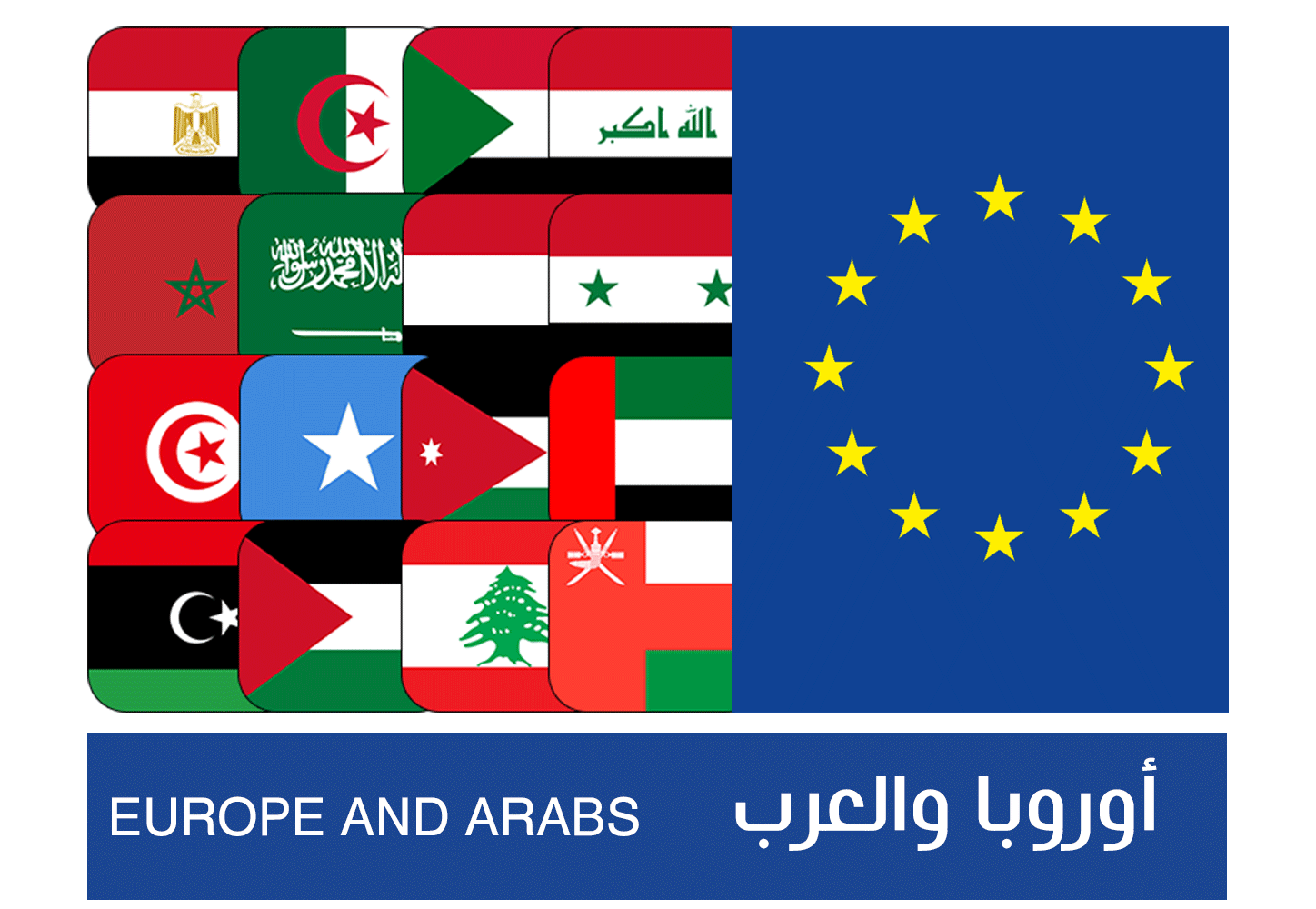



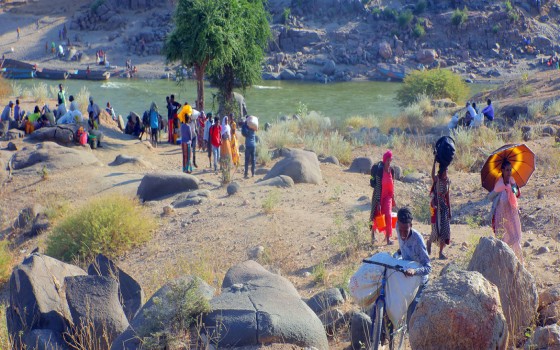

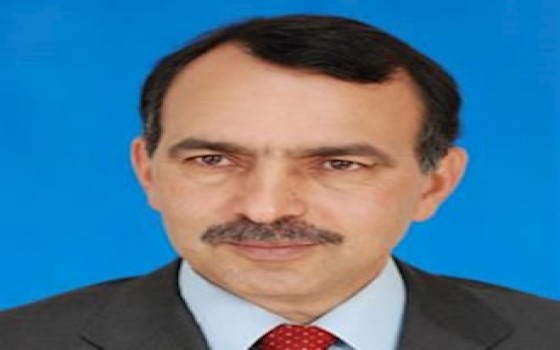
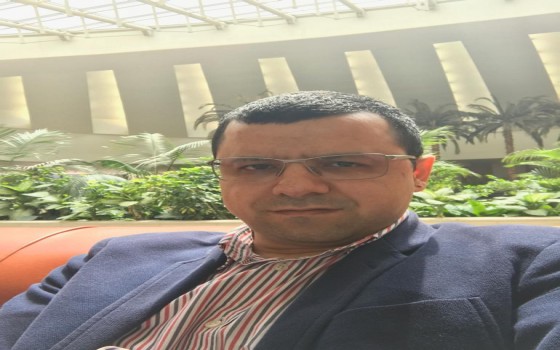



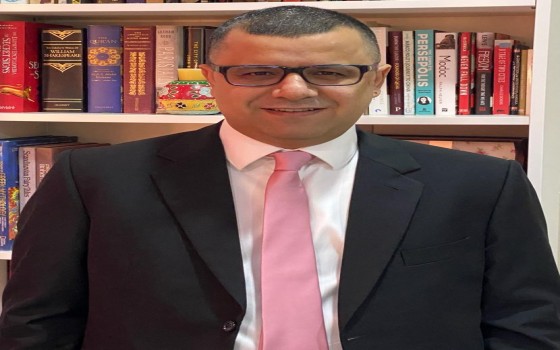
No Comments Found